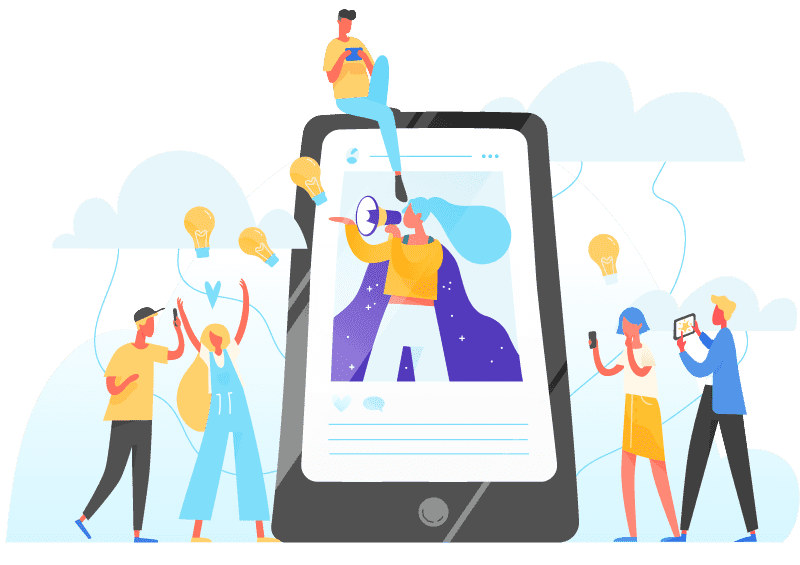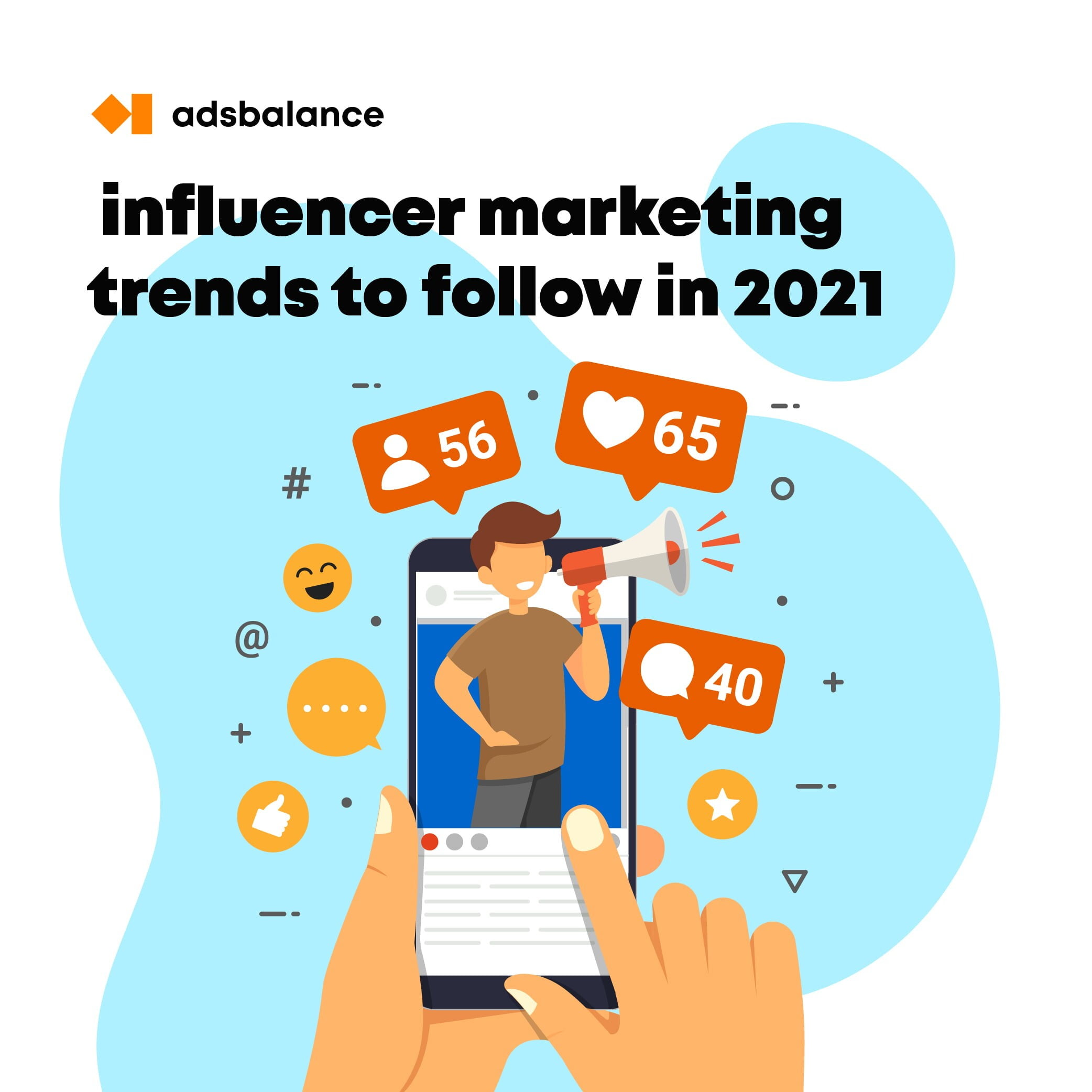
It seems that the world’s (and marker’s, for instance!) obsession with influencer marketing is here to stay, and we still have years ahead of the area development.
The atmosphere of the Internet space embracing content creators and those who stand out of the crowd, even those who are merely good at something, is welcoming, and the possible rewards are the additional stimulant for the people to excel at being recognised and popular.
However, growth is not the only feature of the changes we see: as in any area that is rich with people’s attention and money, there are trends that come and go, and those who want to master the subtle art of making influencer marketing work for their brand, must watch them really closely and even be able to forecast some.
We are here to speak of the influencer marketing trends to follow in 2021: the first quarter of the year has passed: we have witnessed some of our predictions come true already, and yet there’s still time and room for making changes.
So what are those trends?
Livestreams
Livestream videos are going to become an even more popular form of integrations
Lockdown, however gruesome its origin is, has contributed greatly to the rise of live videos and the development of the corresponding technologies. People have acquired the taste of being together with people they like or at least follow, because watching live streams and being able to participate in the action is almost like a Zoom call with your colleagues or even friends. We have reached this level of closeness and are now wondering how this closeness is going to get even closer in the following years. AR of 4d maybe, what are your suggestions?
Celebrities vs. Micro and Nano
The recent trend of the advertisers preferring to spend their budgets on several micro bloggers rather than a several-million-audience celebrity is going to linger.
celebrities will continue to lose their positions.
There are many reasons for that, including costs that are really less expensive (here’s the unusual fact: buying several integrations might be cheaper than the celebrity one).
The second one is the engagement rates: while the biggo’s engagement rates are lowering, micros and nanos are being really stable with their high engagement rates, and their connection with their pasture is usually stunning.
Rise in collaborations with content creators
This is somehow intertwined with the previous micro-influencer trend: Instagram and TikTok are full of comics and video creators with their unique styles and attitude.
Instead of creating a media plan and most of the content internally, brands reach out to content makers for the unique-style series of art.
The freedom to choose the means of expression contributes to the quality of production
Ambassadorships and long-term relations rather than single integrations
There might be several reasons for that kind of change, but the first and foremost is the following: many of repeating sales processes are long-term too. You, as a brand, do not want your passionate clients to make a single purchase (unless it’s the homeshopping goods type), they want to be remembered and build a relationship.
If you are serious about building a brand-influencer-customer connection, you should start finding your ambassadors right away. Or, if you are an influencer, think of the value you could bring to the advertisers. Do not think that all of your integration formats are obvious from your page, better create a nice and neat presentation of what you are capable of, with formats, terms and types of packages, if you have not done that before. Make the value of the long-term cooperation as clear as you can.
New platforms and trends that you need to take on instantly
Do you remember TikTok was a completely different thing in the beginning of 2020? Can you imagine it “not there” in the way it is now?
However hard to believe, it’s true. It has overcome a shift in audience, popular content type and the people’s attitude, what’s most important. Now we know that some trends and formats’ emerging is quite unpredictable. And we haven’t spoken of Clubhouse yet: even though some say the hype is declining steadily, that doesn’t mean the social network hasn’t earned its place in audiences’s hearts, and, accordingly, in most avantgarde advertisers’ budgets.
Deeper eCommerce integrations: shopping tags and the rest
Direct Influencer-eShop integrations that have long existed in Asian TikTok and WeChat are finally reaching the rest of the world. However obvious the benefits of that kind of shopping might be, we know that even the advertisers themselves tend to underestimate the power of seamless, comfortable, subtle to the extent of subconscious actions experience.
That kind of experience is the future. And yes, one day we’re going to shop with a blink of an eye, maybe even a virtual blink.
CGI Influencers
They did not just go out of nowhere in 2021, they’ve been around for a couple of years and made a middle-sized fuss. One of the first influencers of the kind is Miquela: she is a beautiful (yet stunningly real and imperfect) boomer bot who is doing a good job at being funny and self ironic, and the audiences’ reaction proves this. That’s pretty much the top of their popularity, but many marketers say the format is prospective (even though no one knows why people even subscribe to them in the first place). One of Russia’s major TV channels has created a CGI influencer and made it their ambassador. They say it’s going to create a bridge between TV and digital space, as well as between TV audiences and zoomers. Adsbalance also has a list of great influencers, who can promote your app – learn more about our influencer marketing service.

Have you noticed any inspiring or strange Influencer marketing trends lately?
How many of those trends do you think are here to stay?




